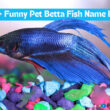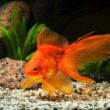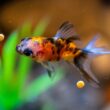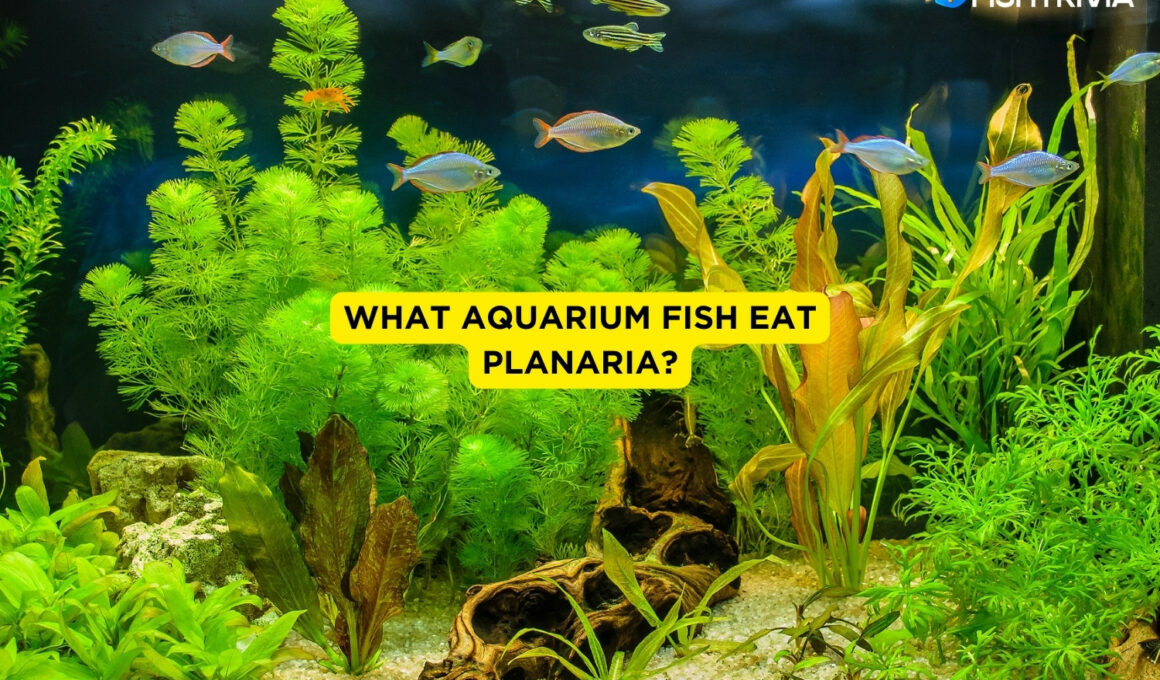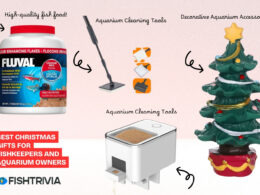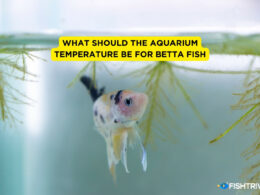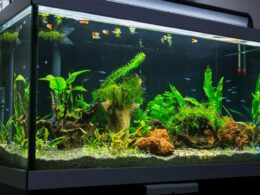In this article Show
If you are about to stay away from home for a while, or you were away and left your aquarium uncleaned, then you might have to notice some flat, white roaming worm.
Flatworms or turbellarians belong to the Plenaries. There are various organisms with different traits in this category of animals. In both freshwater and saltwater, turbellaria is present.
They can be gross and disgusting. Fortunately, most aquarium occupants are not dangerous. Read all about planaria, which fish eat them, and how you can eliminate them from your fish tank.
What Eats Planaria? (Quick Answer)
- Planaria are flatworms that can be found in both freshwater and saltwater aquariums, often introduced through new plants or live food, and can reproduce asexually or sexually, with a remarkable ability to regenerate from small body parts.
- Fish known to eat planaria include Betta Fish, Tiger Barbs, Goldfish, Guppies, Loaches, Cichlids, and Mollie Fish, which can help control planaria populations in an aquarium.
- While planaria are generally not harmful to healthy fish, they can pose a danger to snail and shrimp populations in tanks, and there are various methods to remove them, including natural treatments, traps, and medication.
Also worth reading;
- What Paint Can I Use In An Aquarium That Is Not Toxic To Fish
- Best Ways to Clean An Acrylic Aquarium: Complete Guide
- The Best Fishes To Keep With Shrimps In A Freshwater Tank
- How to Protect Fish Eggs In An Aquarium
- Is The Common Super Glue Aquarium Safe?
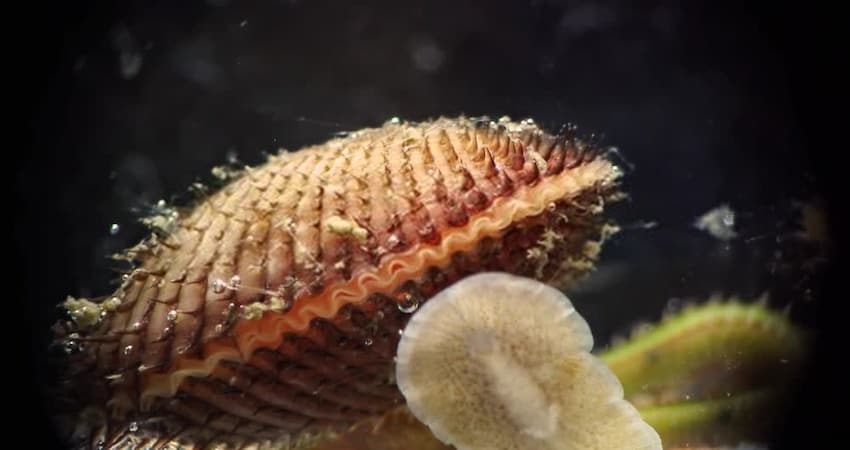
What Aquarium Fish Eat Planaria?
If your fish tank contains snails, you have to worry a bit. Because some snails, snail eggs are victims of planaria as they feed on them. But if you have chosen these fish as mentioned below, then you don’t have to worry about these planaria fish.
Yes, some fish may have irritation after eating them on purpose or accidentally. We will also mention them. You will know as you keep reading;
1. Betta Fish
Betta fish is one of those aquarium fish that are interested in live foods. They are available in many sizes and colors and the most attractive part of them is their fins. There are not many aquarium fish that are as intelligent as betta fish.
Betta fish are easily attracted to motion. What we meant to say is, if your betta fish see any Planaria Worm moving, it will chase them and eat them.
2. Tiger Barb
Most aquarium owners like this extraordinary fish, because it almost eats anything provided. They are also famous for their stunning look. If you allow them to eat their eggs, they will do that too. Like betta fish, they also can be fed live foods. So Planaria will be a great free treat for them.
3. GoldFish
Statistically, goldfish are the most common fish liked and petted by pet fish owners. But there are not many records of feeding them live foods though. But one thing you must know is that they often get hungry.
So, if you keep them hungry for one or two sessions of a day, most likely they will go for the closest food they will find, the planaria.
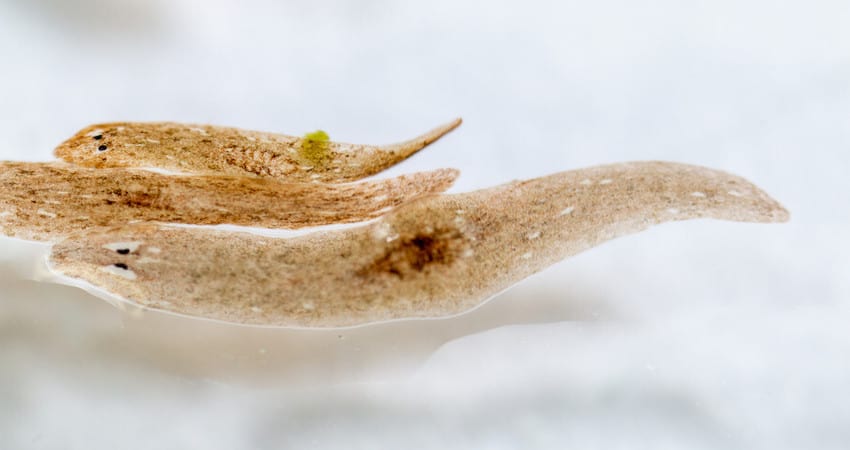
4. Guppies
Guppies are very famous for their aggressive behavior. They are also known for attacking bigger-sized fish. In nature, they eat live foods like worms. So, most likely if they are kept hungry for a session or two, they will feed on these worms.
So the answer to the question: Do guppies eat planaria? Is Yes, guppy fishes in fact do eat planaria.
5. Mollie fish
Mollies come from the same category as guppies and are hardy, stunning fish livebearers. Due to interbreeding with guppies, mollies can be present in nearly any color and multiple types of animals.
When in a classroom, Mollies may even keep their ground so that they are perfect for group tanks. The planaria eggs are known to feed and the numbers are poor.
6. Loaches
Loaches are a diverse group of bottom-dwelling fish that are celebrated for their unique shapes and behaviors. Among them, Clown Loaches and Yoyo Loaches stand out not only for their striking patterns and playful antics but also for their voracious appetites for small invertebrates. This makes them particularly effective in controlling unwanted planaria populations in aquariums.
Clown Loaches
(Chromobotia macracanthus), with their vibrant orange and black stripes, are a popular choice for aquarists. They are social creatures that thrive in groups and are known to actively hunt for soft-bodied invertebrates like planaria. Their pointed snouts are perfect for rooting out these flatworms from the nooks and crannies of your tank.
Yoyo Loaches
(Botia almorhae), identifiable by their unique ‘yoyo’ patterns, are smaller than Clown Loaches but equally efficient in their pursuit of planaria. They are agile and can access tight spaces within the substrate and decorations, ensuring that planaria have few places to hide.
Both types of loaches are not only helpful in keeping planaria at bay but also add a dynamic presence to any community tank. It’s important to provide them with a well-structured environment with plenty of hiding spots to mimic their natural habitat.
While they are peaceful towards most tank mates, their taste for planaria makes them invaluable in maintaining the delicate balance of your aquarium’s ecosystem.
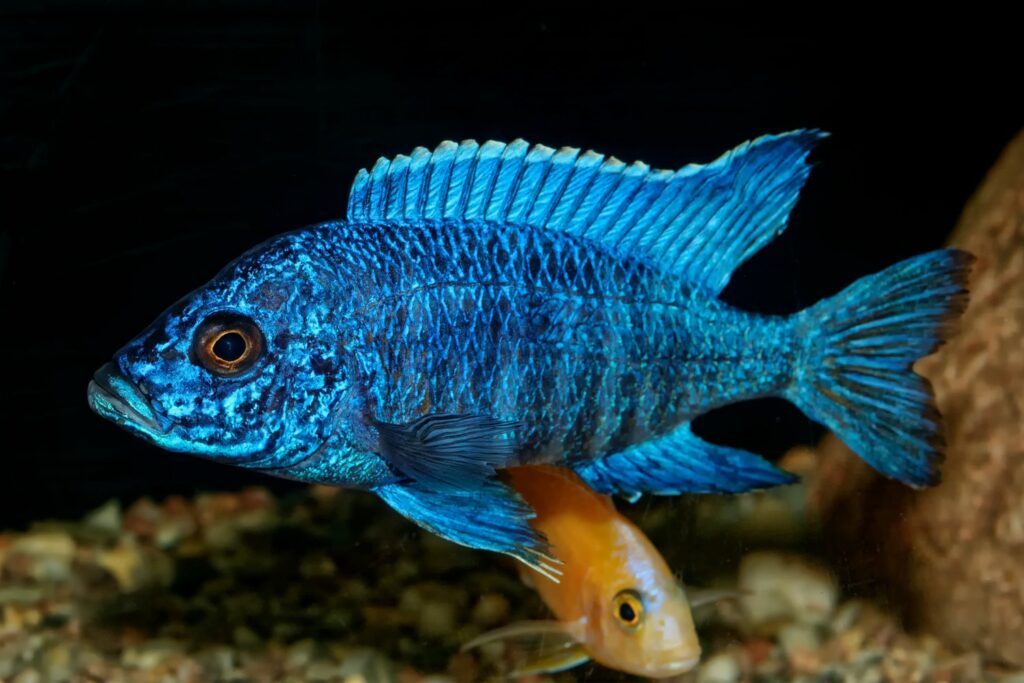
7. Cichlids
Cichlids are a large and diverse family of fish, many of which are kept by hobbyists for their bright colors and complex behaviors. Within this family, there are species that can serve as natural predators to planaria in the aquarium due to their opportunistic feeding habits.
Smaller to medium-sized Cichlids are especially likely to snack on these flatworms. Their varied diet often includes small invertebrates, making planaria a suitable target for their consumption. These Cichlids are not picky eaters and will often explore their environment for potential food sources, which is why they might stumble upon and consume planaria.
Species such as the Convict Cichlid (Amatitlania nigrofasciata) or the African Cichlids from the genus Mbuna are known for their assertive foraging behavior and may help reduce planaria numbers. They are adept at searching through substrate and plants, where planaria often reside.
Incorporating these Cichlids into your tank can add a layer of biological control against planaria infestations. However, it’s crucial to ensure that the Cichlids you choose are compatible with your existing aquarium community and that the tank conditions meet their needs. With the right species, Cichlids can be both a vibrant addition to your tank and a practical solution to managing planaria.
How To Remove Planaria From Fish Tank
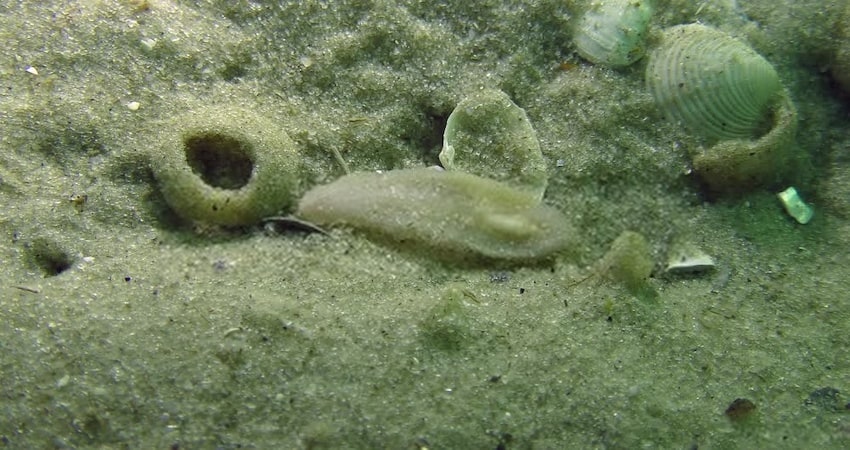
Natural Treatment
You can never be too sure. Removing them can be the best policy. Now, as easily as they get into your tank, removing them maybe not that easy. But you can still try out the followings;
In 72h, no planaria control is one of the most common goods. Be alert, even while it is a natural commodity, your snails, fish, and any other living thing will most certainly be killed. The bag weighs 50g and a spoon.
Suitable use:
Substitute all aquarium fish. It is safer before dosing to uninstall the carbon filter. Because before the filter has a chance to operate it will hinder the product’s work. Made sure of the availability of oxygen and proper aeration.
In 72h add no schedule:
- Day one – 50 liters a spoon (13 gallons)
- Day two – one-half a spoon
- Day three – 1/2 a cubicle.
On the fourth day, the water shifts from 40% to 50%. Place the filter in carbon. Water improves after 7 days – 20%. When the planarian is dead, take a spoon (or siphon the aquarium) to stop an ammonia spike to drain as much as possible. Conserve a closer look before and during the treatment of the water parameters.
2. Trap Treatment
Naturally, it would be best if you only attempted to collect this dangerous voracious worm manually. However, this approach is not wildly successful since the rest of the population resides secret, in the substratum, for example. A planaria pit is even busier. This acts as a weir in theory and is arranged with the bait to trap planners.
The trap is then inserted into the aquarium. Some worms were expected to be caught the next morning. The trap can be collected and removed. Don’t just flush them in the toilet, because here certain planning organisms common in aquarists aren’t domestic!
Boiling water can be used to slaughter these worms easily and safely. The method may be performed as often as appropriate with more bait. This measure helps to monitor individuals, but using this tool is very difficult to get rid of them entirely.
3. Medicines
The therapy with a deworming agent is far more beneficial. When properly used an aquarium will again be completely free of plenaries. You can use prescription medications only a veterinarian can acquire. For example, the active agent flubendazole is present in flub enol.
The plenaries are gradually deprived of hunger due to disruptions in the digestion and digestive tract. After about two weeks, administration of this drug should be repeated since it has little effect on planar eggs. Therefore, newly hatched planaria are killed at the end of the “breeding season”
If you ask us, we will also present some bad effects of medication. You are going to have after the effect of the medication. If you pet snails in your tank, most likely you are not going to put them in for a long time. Before putting back the fish, you have to be sure that the active agents of the medicines are worn out.
Frequently Asked Questions
Can Planaria kill my fish?
Although planaria do not damage fish, planaria may indicate that it is more of a hassle if you are a shrimp keeper. Any of these platforms are predators of anything small, including larvae, shrimplets, other worms, or even adult shrimps.
How to identify planaria?
The flat, delicate, wedged, black, brown, blue, gray, or white may be the body of planaria. Two ocelli, pigmented regions that are light-sensitive to the blunt triangular head (eyespots).
What could be the maximum size of planaria?
Plenaries are generally roughly between 3 and 15 mm (0.1 and 0.6 inches) long, but some are greater than 30 cm (around 1 foot). Most plenaries are found in freshwater, and often they can be seen in vast numbers; some are aquatic and some are land-based.



